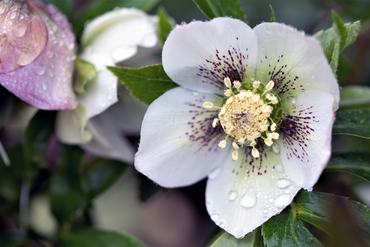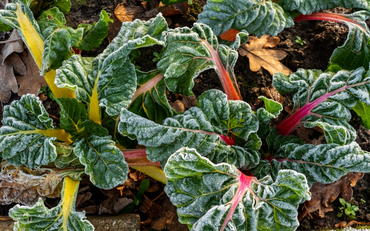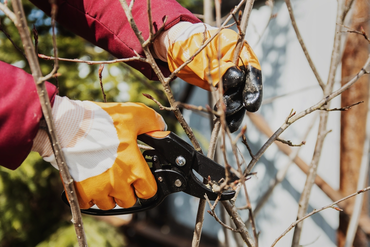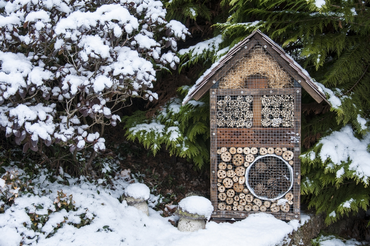September is a month of transition – the days are shorter, mornings feel crisp and the garden starts winding down from summer’s peak. But there’s still plenty you can do to keep it looking good now and set it up for success next year.

Here are 15 different September tasks to try:
1. Collect and store seeds
Save seeds from hardy annuals and favourite perennials like marigolds, foxgloves and aquilegias. Store in labelled envelopes somewhere cool and dry
2. Enjoy the fruit harvest
Apples, pears, plums, blackberries and autumn raspberries are all ripe for picking. It’s one of the tastiest months in the garden!

3. Build or turn the compost heap
September brings lots of green waste. Start a new heap or turn an existing one to aerate it and speed up decomposition.
4. Check supports and stakes
Autumn winds can topple tall plants. Firm in any loose stakes and replace broken canes.
5. Gather leaves for leaf mould
Begin collecting fallen leaves to make leaf mould – a fantastic free soil improver. Store them in a wire cage or black bin bags with holes.
6. Protect tender plants
Move pots of fuchsias, citrus or pelargoniums to a sheltered spot before the first frosts arrive.
7. Tidy hedges
Give evergreen hedges like yew, privet and box a final trim before growth slows right down.
8. Lift and store tender bulbs
Dig up gladioli, cannas and dahlias once their leaves yellow. Dry them and store somewhere frost-free over winter.
9. Top up mulches
Add a layer of compost, bark or well-rotted manure to beds. It helps retain soil warmth and moisture for autumn-planted crops and perennials.

10. Check pond health
Remove excess weed growth and place netting over the water to keep autumn leaves from clogging it up.
11. Harvest herbs
Pick basil, parsley, mint and chives. Dry or freeze extras so you can use them all winter long.
12. Plant autumn containers
Refresh pots with violas, cyclamen and heathers for instant seasonal colour. Add ornamental grasses for texture.
13. Look after wildlife
Clean out bird boxes, top up feeders, and create log piles or bug hotels for hibernating insects.
14. Repair paths and patios
With beds less demanding, it’s a good time to clean, weed and re-grout paving, or add gravel to worn paths.
15. Plan for winter veg
Sow salad leaves, rocket, and mustard greens in the greenhouse or under cloches for a steady supply in the colder months.
September In The Garden
September is the perfect balance of harvest and preparation. From picking apples and herbs to storing seeds, lifting bulbs and planting up autumn containers, it’s a busy month that sets your garden up beautifully for the seasons ahead. Simple jobs like topping up mulch, tidying hedges, and caring for wildlife all make a big difference now – while planning for winter veg ensures you’ll keep enjoying homegrown produce in the colder months.
At Carpenters Nursery, we’ve got everything you need to keep your garden thriving this autumn – from fresh bulbs and seeds to compost, plants and expert advice. Pop in and let us help you get your garden ready for the season ahead!




